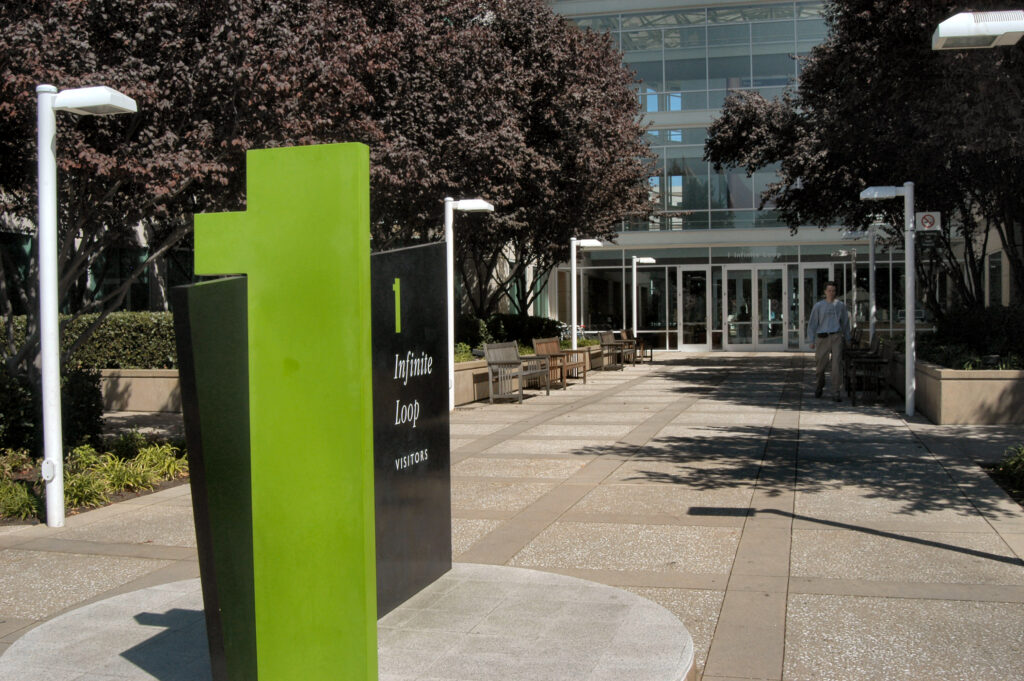Zelda Bronstein in her article, Supply Sophistry, is completely correct in her examination of the many flaws in the supply and demand argument as it pertains to housing. It is worth noting that supply and demand doesn’t really apply to anything.
The supply and demand mantra has infiltrated all our economic debates and permeates our housing discussions even as it leads further and further away from economic justice. This myth is propagated by those who profit from entrenching it into our assumptions. Nothing has ever been a direct supply-and-demand relationship because a host of conditions—slavery, labor devaluation, tariffs, taxes, global corporate conglomeration—make consumerism an indirect relationship.

Supply-side economics was Ronald Reagan’s simplistic explanation of capitalism, the discredited “trickle down” theory. The idea is that perpetual growth, sponsored and spurred by tax benefits and subsidies for wealthy individuals and corporations, will inevitably dribble downward to the lower classes. As comedian Will Durst put it, “Trickle-down means the rich can pee on us from greater and greater heights.”
According to the Department of Treasury’s investigative and research unit, FinCen, the main drivers of housing prices are luxury housing, real estate speculation, and investment packaging by financial institutions. Conclusions of multi-year studies by Dr. John Rose as well as a 2018 paper from the International Monetary Fund, show that housing prices are disconnected from supply and demand for multiple reasons, not the least of which is that it never applied in the first place.
From 2012 to 2019, SF Bay Area housing prices rose by 110 percent. The population decreased by 12 percent. What did increase was the wealth gap. During that same period, the average wage worker earned $45,000 a year, while those who received compensation rather than paychecks earned $160,000 a year.
According to Forbes, nearly one-third of San Francisco residents are multi-millionaires—that is, people who have received more than $2.3 million per year in liquid assets (stocks, investments, trusts, financial instruments that translate into cash) for at least three years. Those who live on paychecks cannot compete against those who can borrow against and get a tax write off for loans against investments. Teachers do not get stock options.
In a block of $1 million houses, when someone comes in and offers $2 million, then all the houses are worth $2 million. When a real estate speculator turns a $1 million single-family home into three units, they don’t build three $500,000 units, but three $2 million units. This has nothing to do with demand, and everything to do with wealth distribution.
Even if supply and demand were a real process, emphasizing supply intentionally ignores what drives demand: tax subsidies for multi-billion-dollar corporations to continually enlarge. Corporations don’t set up in places that do not, cannot provide the deep level of financial support that comes from wealthier states like California and Texas with strong supplemental industries like agriculture, oil, and manufacturing. When Kansas tried, it went bankrupt.
Tech, finance, and real estate development companies would not have imbedded themselves so deeply in the heart of San Francisco were it not for the billions of dollars in Department of Defense funding, tax breaks to stay in California, billions more in federal funds to keep expanding, and taxation policies that treat a paycheck with derision, but a dividend with reverence.
Good Jobs First reports that megadeals for datacenters supported by “state and local subsidies to Google, Apple, Microsoft, Facebook and Amazon Web Services…cost (taxpayers) $1.9 million per job.” Apple has an ongoing agreement with Santa Clara to collect sales taxes that residents presume are going to public works. Fresno gave Amazon $30 million, part of sales tax revenue, and control of the city budget.
Now that some non-white people have the economic ability to afford the satisfaction, generational wealth, and financial security of single-family homes, those in power have cast them as the cause of high housing prices. Legislators funded by real estate and finance companies have upzoned and subsidized massive developments that target communities of low-and middle-income homeowners in San Francisco, Los Angeles, Atlanta, Miami, and Seattle. Politicians have laden residents with density and land-use requirements that place a financial burden on those least able to bear it. Those laws also come with an exorbitant environmental cost.
It is physically and financially impossible to build forever. A skyscraper does more harm to the climate than a flat home because a single-family home can have a radiant roof and dirt and trees, while a tower has more heat radiating area and requires a host of ecologically detrimental support systems. The loss of cities’ largest open space, backyards, has shifted everything from wind patterns to water retention, has changed the behavior of birds and bears. San Francisco, once a moderate temperature town, is now the fifth hottest heat island in the US. Density is doing damage and it’s pushing people further and further into rural areas.
The Washington Post reports that 30 percent of homes are being sold to investment companies rather than to homeowners. That’s a really different demand than family home ownership to secure a place on the economic ladder.
Housing is at once a need, an investment, and a commodity. It involves multiple layers of creation, accessibility, availability, and safety. Housing is not simply a product universally available and analogous in quality like soap, yet public discussion continues to rely upon a dangerous economic mythology and ignore the immoral underpinnings of public policies.



